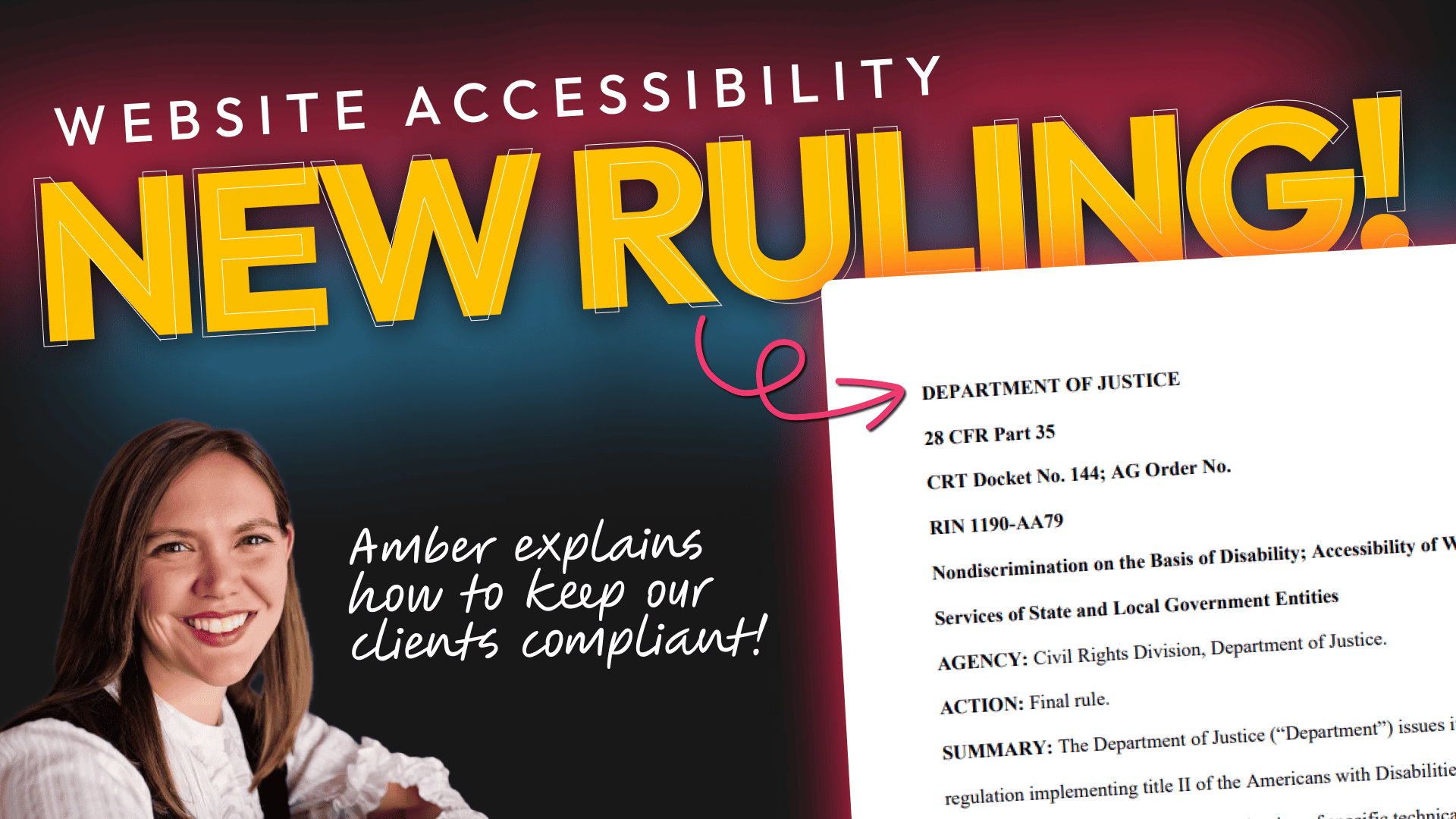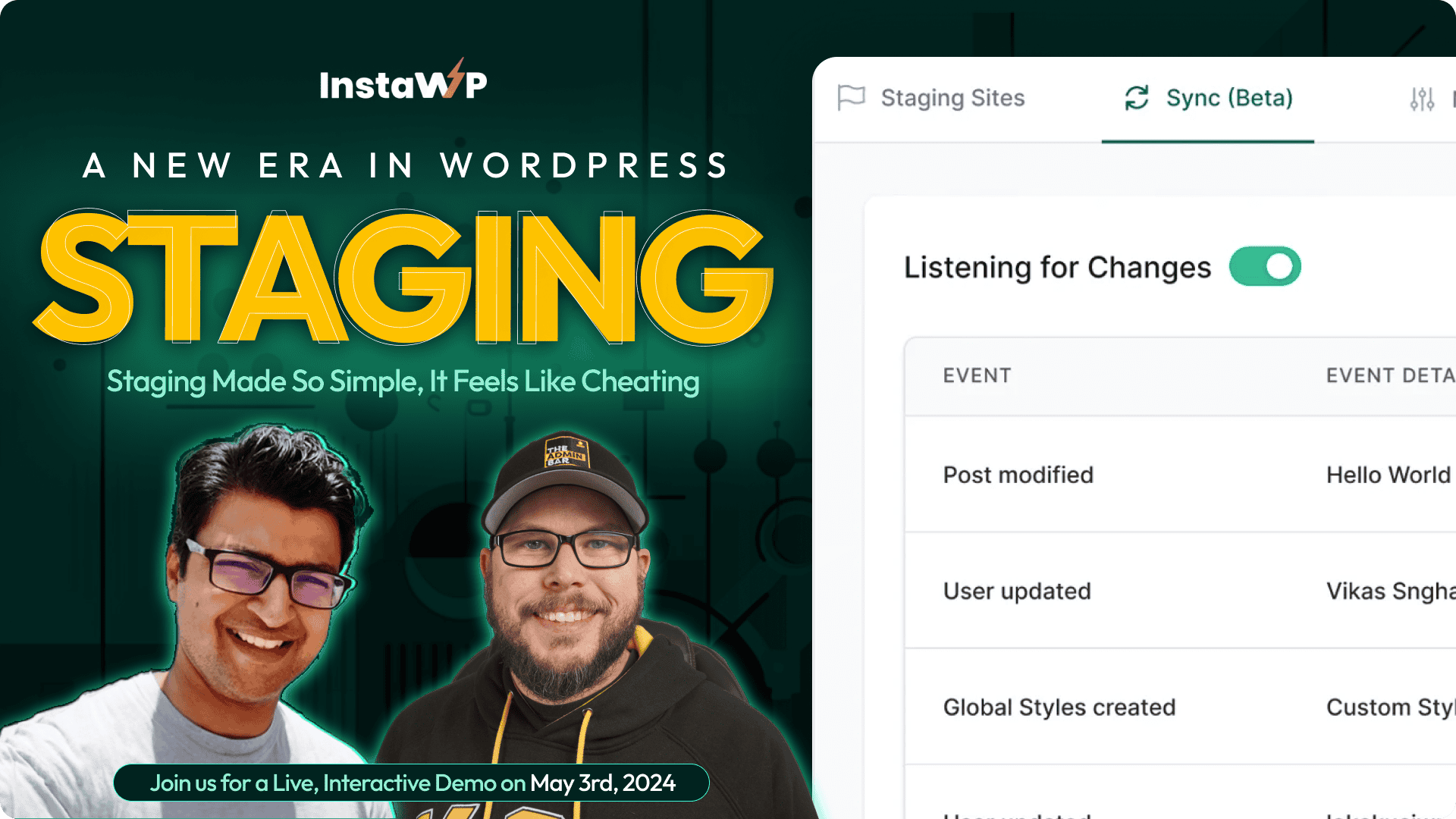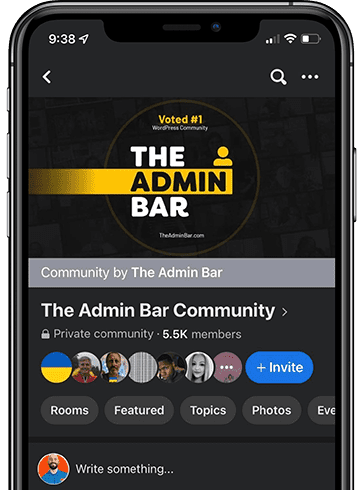About the event
Earlier this month, the U.S. Justice Department unveiled new rules outlining website accessibility standards for websites operated by state and local governments.
If you build websites for schools, libraries, municipalities, or even non-profits who receive government funding — you’ll now be required to comply with WCAG 2.1 AA standards.
But what does this mean? Who, exactly, is affected? And how do communicate this information with your clients to get buy-in?
Thankfully our resident accessibility expert, Amber Hinds, is here to break it all down for us!
Amber will be joining me live on April 30th to dive into:
- The New Standards: Understanding the essentials of the DOJ’s accessibility ruling.
- Practical Application: Identifying the types of businesses, organizations, and clients that will be affected.
- Client Communication: Tips on discussing these updates with your client to ensure they understand the importance of compliance.
Register now to secure your spot in this critical discussion, arm your agency with the latest information, and engage directly with Amber during our live Q&A session!
Register for Access
By registering for this event, we'll send you the link to watch the call live, as well as an option to add it to your calendar so you don't forget.
Plus, you'll join our email list to learn about other events, get our weekly newsletter, and more. You can unsubscribe at any time, and we include an unsubscribe link in every email to make it easy for you.




